You’ve finally gotten rid of that pesky acne, but now you’re left with unsightly marks that seem to linger forever. Don’t worry, you’re not alone! Treating post-acne marks requires a consistent skincare routine that’s tailored to your skin type. By following the right steps, you can say goodbye to those dark spots and hello to a smoother, brighter complexion. Get ready to take control of your skin and tackle those marks head-on with this easy-to-follow guide, designed specifically for you and your unique skin concerns.
Table of Contents
Key Takeaways: Steps For A Skincare Routine To Treat Post-Acne Marks
To effectively treat post-acne marks, a well-structured skincare routine is vital. Here are the key points to consider:
- Develop a consistent skincare routine that includes exfoliation to remove dead skin cells and promote cell turnover, helping to fade post-acne marks.
- Use topical creams or serums containing retinoids or hydroquinone to help lighten and reduce the appearance of post-acne marks.
- Incorporate sunscreen with a high SPF into your daily routine to prevent further darkening of post-acne marks and protect your skin from harmful UV rays.
- Consider using chemical exfoliants like alpha-hydroxy acids (AHAs) or beta-hydroxy acids (BHAs) to help break down dead skin cells and promote collagen production.
- Look for products containing niacinamide, which can help improve skin hyperpigmentation and reduce inflammation.
- Be patient and give your skincare routine time to work, as treating post-acne marks can take several weeks or even months to show significant results.
- Consult a dermatologist for professional advice and treatment options, such as laser therapy or microneedling, if your post-acne marks are severe or persistent.
Understanding Post-Acne Marks
The first step to tackling post-acne marks is to understand what they are and how they form. You’ve probably noticed that after a pimple has healed, it can leave behind an unsightly mark that can be just as frustrating as the acne itself. These marks can be a real blow to your self-confidence, making you feel like you’re stuck with a constant reminder of your acne. For instance, you may be wondering what types of post-acne marks you’re dealing with, and how to treat them effectively.
For further insight, let’s break down the different types of post-acne marks you may encounter.

Types of Post-Acne Marks
You can expect to see the following types of marks:
- Hyper-pigmentation: dark spots or patches on the skin
- Redness: persistent red spots or patches
- Scarring:indentations or bumps on the skin
- Atrophy: areas of thinning skin
- Erythema: red, inflamed skin
The information can be summarized in the following table:
| Mark Type | Description |
|---|---|
| Hyper-pigmentation | Dark spots or patches on the skin |
| Redness | Persistent red spots or patches |
| Scarring | Indentations or bumps on the skin |
| Atrophy | Areas of thinning skin |
| Erythema | Red, inflamed skin |
Thou can now better understand the different types of post-acne marks you may be dealing with.
Factors Contributing to Their Formation
An array of factors can contribute to the formation of post-acne marks, and it’s necessary to understand these factors to effectively prevent and treat them. You should be aware of the following:
- Genetics: your genetic predisposition can play a role
- Hormonal fluctuations: changes in hormone levels can lead to acne and post-acne marks
- Picking or popping pimples: this can cause infection and lead to post-acne marks
- Delayed treatment: not treating acne promptly can increase the likelihood of post-acne marks
- Using the wrong products: using products that are too harsh or irritating can exacerbate the problem
Recognizing these factors is key to preventing and treating post-acne marks.
Factors such as inflammation, oxidative stress, and skin barrier disruption can also contribute to the formation of post-acne marks. You should consider the following:
- Sun exposure: UV rays can cause dark spots and hyper-pigmentation
- Poor skincare routine: not following a consistent skincare routine can lead to clogged pores and acne
- Stress: high stress levels can lead to hormonal imbalances and acne
- Poor diet: a diet high in processed foods and sugar can lead to <strong=inflammation and acne
- Lack of sleep: not getting enough sleep can lead to hormonal imbalances and acne
Recognizing these factors can help you take control of your skin and prevent post-acne marks.
Essential Tips for Reducing Post-Acne Marks
Some of the most effective ways to reduce post-acne marks involve being gentle with your skin and using the right products. You’ll want to focus on fading those dark spots and hyperpigmentation areas, and there are several techniques to try. Here are a few tips to get you started:
- Exfoliate your skin gently to remove dead skin cells and promote cell turnover
- Use sunscreen daily to prevent further darkening of the marks
- Apply topical treatments containing niacinamide or vitamin C to help fade the marks
Knowing the right techniques and products to use can make all the difference in reducing the appearance of post-acne marks and achieving the clear skin you desire.

General Skincare Advice
The key to reducing post-acne marks is to establish a consistent skincare routine that focuses on gentle cleansing, exfoliation, and moisturizing. You should also be patient and give your skin time to heal, as rushing the process can lead to further irritation and inflammation. By taking a holistic approach to your skincare, you can help your skin heal and regenerate more effectively.
The other important aspect of general skincare advice is to avoid picking or popping pimples, as this can lead to infection, scarring, and post-inflammatory hyperpigmentation. Instead, focus on using spot treatments and masking to help draw out impurities and reduce inflammation. By being gentle with your skin and avoiding harsh products, you can help prevent further damage and promote a healthier complexion.
Product Selection and Usage
Even with the best skincare routine, using the wrong products can hinder your progress and even exacerbate post-acne marks. You should look for products that are formulated for your skin type and contain ingredients that are known to help fade hyperpigmentation, such as hydroquinone or retinoids. Be sure to patch test any new products and start with a low concentration to avoid irritation.
Even if you’re using the right products, using them incorrectly can still cause problems. Make sure to follow the instructions carefully and avoid overusing products, as this can lead to dryness, irritation, and other negative effects. By using products judiciously and being mindful of your skin’s needs, you can help your skin heal and achieve a smoother, more even-toned complexion.
General guidelines for product selection and usage include opting for fragrance-free and non-comedogenic products, which are less likely to irritate your skin or clog pores. You should also look for products that are labeled as “safe for sensitive skin” or “hypoallergenic”, as these are often formulated to be gentle and non-irritating. By taking the time to research and choose the right products for your skin, you can help minimize the appearance of post-acne marks and achieve the clear, radiant skin you deserve.
Step-by-Step Skincare Routine
For a skincare routine to effectively treat post-acne marks, you’ll want to follow a consistent and gentle approach. Your daily routine should be broken down into two main parts: morning and evening. The following table outlines the basic steps for each part of your day:
| Morning Skincare Steps | Evening Skincare Steps |
|---|---|
| Cleanse your face with a gentle cleanser | Remove makeup and cleanse your face with a gentle cleanser |
| Apply a toner to balance your skin’s pH | Exfoliate with a chemical exfoliant or physical exfoliator 2-3 times a week |
| Apply a moisturizer to hydrate your skin | Apply a spot treatment to individual post-acne marks |
This basic outline will help you get started on your journey to clearer, healthier-looking skin. You’ll want to customize this routine based on your individual skin type and concerns, but this provides a solid foundation to build upon.
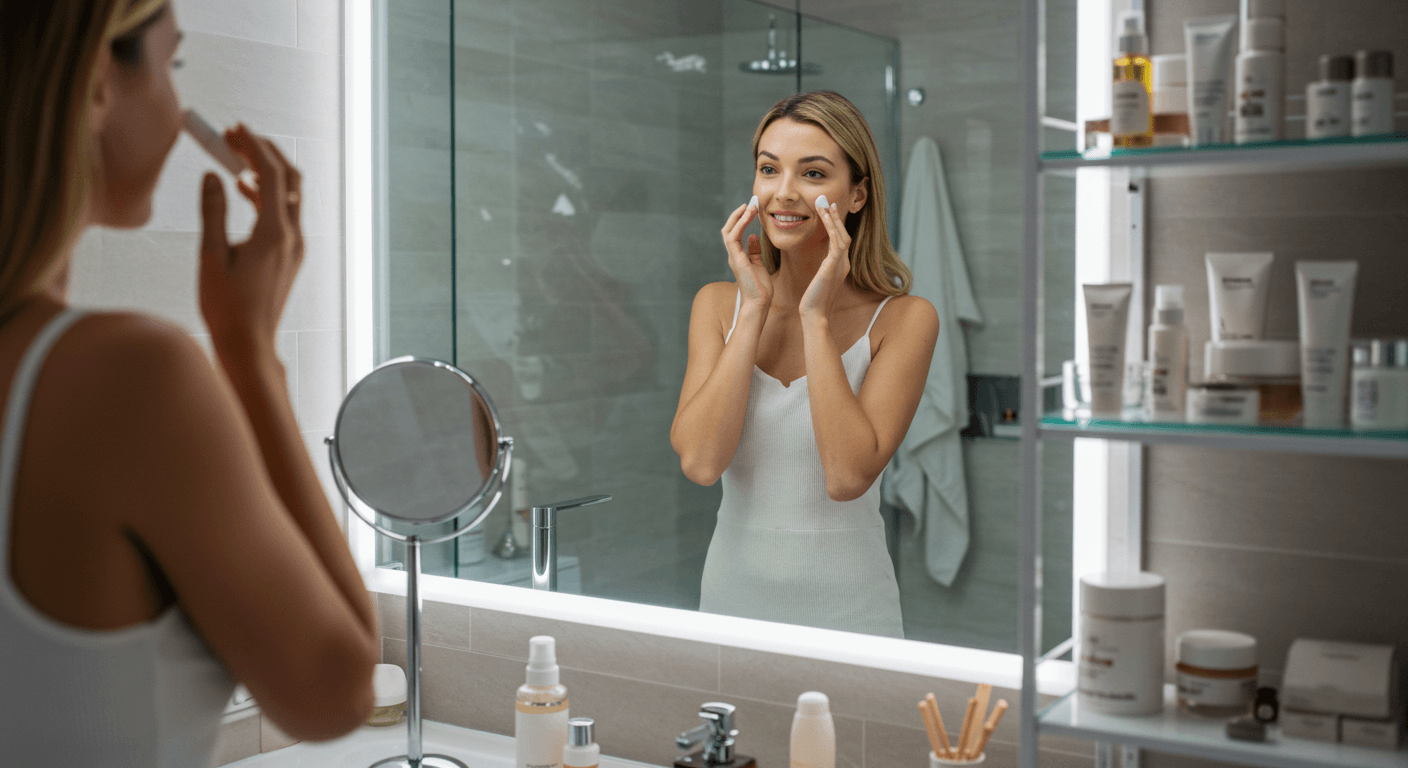
Morning Routine for Post-Acne Marks
While you’re getting ready for the day, your morning skincare routine sets the tone for how your skin will look and feel. You’ll want to focus on hydrating and protecting your skin from the elements. Start by cleansing your face with a gentle cleanser, followed by a toner to balance your skin’s pH. Finally, apply a moisturizer to lock in all the previous steps and provide long-lasting hydration. Be sure to choose products that are labeled “non-comedogenic” or “oil-free” to avoid clogging your pores and exacerbating post-acne marks.
As you’re applying each product, pay special attention to the areas of your face where you have post-acne marks. You may want to use a spot treatment in the morning as well, but be sure to choose one that is lightweight and non-greasy so it won’t interfere with your makeup or daily activities.
Evening Routine for Post-Acne Marks
PostAcne marks can be particularly challenging to treat, but with the right evening routine, you can help reduce their appearance over time. Start by removing your makeup and cleansing your face with a gentle cleanser. Next, exfoliate with a chemical exfoliant or physical exfoliator 2-3 times a week to help break down dead skin cells and promote cell turnover. Be gentle when exfoliating, as over-exfoliating can irritate your skin and make post-acne marks worse.
Routine is key when it comes to treating post-acne marks, so try to stick to your evening routine as closely as possible, even on weekends or days off. As you’re applying your spot treatment, be patient and don’t pick at your skin, as this can lead to further irritation and scarring. With consistent effort and the right products, you can help fade post-acne marks and achieve the clear, radiant skin you deserve.
Pros and Cons of Common Treatments
To tackle those pesky post-acne marks, you’ll want to weigh the pros and cons of various treatments. Here’s a breakdown of the advantages and disadvantages of common treatments:
| Treatment | Pros and Cons |
|---|---|
| Chemical Peels | Effective in reducing marks, but may cause redness and irritation |
| Microdermabrasion | Gentle and non-invasive, but may not be as effective for deep scars |
| Laser Therapy | Highly effective for severe scarring, but can be expensive and cause discomfort |
| Topical Creams | Convenient and affordable, but may not be as effective for deep scars |
| Micro-needling | Minimally invasive and effective, but may cause redness and bruising |
You’ll notice that each treatment has its own set of pros and cons, and what works for someone else may not work for you. It’s important to consult with a dermatologist to determine the best course of treatment for your specific skin type and concerns.
To further explore your options, let’s investigate professional treatments and home remedies.

Professional Treatments
Similarly, to get the best results, you may want to consider professional treatments. These can range from chemical peels to laser therapy, and can be tailored to your specific skin concerns. Professional treatments can be more effective than home remedies, but may also be more expensive. You’ll want to consult with a dermatologist to determine the best professional treatment for your post-acne marks.
Home Remedies and Over-the-Counter Products
If you’re looking for a more affordable and convenient option, you may want to consider home remedies and over-the-counter products. These can include natural ingredients like aloe vera and tea tree oil, as well as topical creams and serums. You can use these products to reduce inflammation and fading marks, and can often find them at your local pharmacy or online.
Treatments like these can be a great way to improve the appearance of your skin, but it’s important to patch test any new products and to follow the instructions carefully to avoid any adverse reactions. You should also be patient, as home remedies and over-the-counter products may take time to show results.
Lifestyle Changes to Enhance Skincare Routine
Keep in mind that treating post-acne marks is not just about the products you apply to your skin, but also about the lifestyle choices you make. Your daily habits can either hinder or help your skincare routine, so it’s imperative to be mindful of your actions. By making a few simple changes, you can enhance the effectiveness of your skincare routine and say goodbye to those pesky post-acne marks. One of the most significant lifestyle changes you can make is to focus on your diet and stress levels. A balanced diet rich in fruits, vegetables, and whole grains can nourish your skin from the inside out, while high stress levels can wreak havoc on your skin, causing inflammation and breakouts.
As you begin on your journey to treat post-acne marks, you’ll want to pay attention to the food you eat and the way you manage stress.

Dietary Changes
Obviously, one of the best ways to support your skincare routine is to fuel your body with the right foods. You should aim to eat a varied diet that includes plenty of antioxidant-rich foods like berries, leafy greens, and other fruits and vegetables. These foods can help protect your skin from damage caused by free radicals, which can contribute to post-acne marks. Additionally, you may want to consider increasing your intake of omega-3 fatty acids, which can reduce inflammation and promote healthy skin. Similarly, one of the most effective ways to support your skin is to stay hydrated by drinking plenty of water throughout the day.
Stress Management Techniques
Now that you’re on the path to treating post-acne marks, it’s time to think about how you can manage stress. Naturally, you’ll want to find healthy ways to cope with stress, such as exercise, meditation, or deep breathing. These techniques can help reduce stress and anxiety, which can exacerbate post-acne marks. Now, you may be wondering how stress affects your skin. Normally, when you’re stressed, your body produces inflammatory hormones that can lead to breakouts and other skin issues.
Routine stress management is key to maintaining healthy, glowing skin. Routine practice of stress-reducing techniques can help regulate your skin’s natural barrier function, reducing the appearance of post-acne marks. By prioritizing self-care and making time for activities that bring you joy and reduce stress, you can support your skin and boost your overall well-being. You’ll be amazed at how much of a positive impact it can have on your skin, and you’ll be on your way to a clearer, healthier complexion in no time. Consistency is key, so be sure to make stress management a regular part of your routine. With a little effort and dedication, you can achieve the healthy, radiant skin you’ve always wanted.
Maintaining Progress and Preventing Future Marks
Despite all your hard work in treating post-acne marks, it’s easy to fall back into old habits and undo all your progress. To avoid this, you need to stay on top of your skincare game and maintain a consistent routine. This means continuing to use the products that have been working for you and sticking to your schedule. It’s also important to be patient and not get discouraged if you don’t see immediate results – good skincare takes time. By staying committed to your routine, you can help prevent future breakouts and keep your skin looking its best.
As you move forward with your skincare journey, you’ll want to focus on building healthy habits that will help you maintain your progress and prevent future marks. This includes being gentle with your skin, avoiding harsh products, and protecting your skin from the sun. By taking these steps, you can help ensure that your skin stays healthy and looks its best for years to come.

Continuous Skincare Practices
On a daily basis, you should be focusing on gently cleansing and moisturizing your skin to help keep it healthy and balanced. This means using products that are formulated for your skin type and avoiding harsh ingredients that can strip your skin of its natural oils. You should also be <strong(exfoliating regularly to help remove dead skin cells and improve skin texture. By doing so, you can help keep your skin looking smooth and radiant.
On top of your daily routine, you may also want to consider incorporating masks and treatments into your skincare schedule. These can help provide an extra boost to your skin, leaving it feeling soft and looking bright. Just be sure to choose products that are right for your skin type and follow the instructions carefully to avoid any adverse reactions.
Regular Skin Check-Ups
Some of the most important work in maintaining your skincare progress happens outside of your daily routine. This includes regular skin check-ups with a dermatologist, who can help you identify potential issues before they become major problems. You should also be keeping an eye on your skin at home, watching for any changes that could indicate a larger issue.
Some people may not think to check their skin regularly, but it’s an important part of maintaining healthy skin. By staying on top of your skin health, you can help catch any problems early and prevent them from becoming more serious. This can help you avoid costly and painful treatments down the line, and keep your skin looking its best.
Preventing future marks and maintaining progress requires constant vigilance and a commitment to your skincare routine. By staying informed and taking an active role in your skin health, you can help keep your skin looking its best and avoid common pitfalls that can lead to skin damage and other issues. With regular skin check-ups and a solid skincare routine, you can help ensure that your skin stays healthy and looks great for years to come.
Summing up
Summing up, you’ve made it through the tough part – you’ve tackled those pesky post-acne marks and are on your way to smoother, more even-toned skin. You’ve learned the steps to incorporate into your daily skincare routine to help reduce the appearance of acne scars. Now, it’s time to put it all into practice and see the results for yourself. As you continue on your skincare journey, you’ll find that consistency is key, and with patience and persistence, you can achieve the glowing complexion you deserve. You’re one step closer to saying goodbye to those unwanted marks and hello to radiant, healthy-looking skin.
But, don’t just take our word for it – there’s plenty of expert advice out there to help you on your way. If you’re looking for more tips and tricks on How To Create A Skin Care Routine For Acne Scars, you can find a wealth of information to help you tailor your routine to your specific skin type and concerns. You’ll be amazed at how a few simple adjustments can make all the difference in achieving the clear, acne-scar-free skin you’ve always wanted. So, go ahead, take control of your skincare, and get ready to unveil your brightest, most radiant complexion yet – you got this, and your skin will thank you!
FAQ:
Q: What is the first step in a skincare routine to treat post-acne marks?
A: The first step in a skincare routine to treat post-acne marks is to cleanse your skin properly. Use a gentle cleanser that suits your skin type, and massage it onto your face for about 30 seconds before rinsing with lukewarm water. This helps to remove dirt, oil, and bacteria that can clog pores and exacerbate post-acne marks. Pat dry your face with a clean towel and proceed to the next step.
Q: How can I exfoliate my skin to help reduce post-acne marks?
A: Exfoliating your skin is an important part of a skincare routine to treat post-acne marks. Use a chemical exfoliant containing alpha-hydroxy acids (AHAs) or beta-hydroxy acids (BHAs) 2-3 times a week to help break down dead skin cells and promote cell turnover. You can also use a physical exfoliant like a gentle scrub or a konjac sponge to remove dead skin cells and smooth out your skin texture. Be gentle and avoid over-exfoliating, as this can irritate your skin and make post-acne marks worse.
Q: What ingredients should I look for in a skincare product to help treat post-acne marks?
A: When looking for skincare products to treat post-acne marks, look for ingredients like niacinamide, vitamin C, and retinol. Niacinamide helps to improve skin elasticity and reduce inflammation, while vitamin C brightens and evens out your skin tone. Retinol, a derivative of vitamin A, helps to promote cell turnover and collagen production, which can help to reduce the appearance of post-acne marks. Also, look for products labeled “non-comedogenic” or “oil-free” to minimize the risk of clogged pores.
Q: Can I use natural remedies to help treat post-acne marks?
A: Yes, there are several natural remedies that can help to treat post-acne marks. Aloe vera gel, for example, has anti-inflammatory and soothing properties that can help to calm and reduce redness. Tea tree oil has antibacterial properties that can help to prevent further breakouts. You can also try using a face mask containing turmeric, which has antioxidant and anti-inflammatory properties that can help to reduce post-acne marks. However, always do a patch test before using any new skincare product, including natural remedies, to ensure you don’t have any adverse reactions.
Q: How long does it take to see results from a skincare routine to treat post-acne marks?
A: The time it takes to see results from a skincare routine to treat post-acne marks can vary depending on the severity of your post-acne marks, your skin type, and the products you use. Generally, it can take anywhere from a few weeks to a few months to start seeing noticeable improvements. Consistency is key, so stick to your skincare routine and be patient. Also, keep in mind that post-acne marks can take time to fade, so don’t get discouraged if you don’t see immediate results. With a consistent skincare routine and the right products, you can help to reduce the appearance of post-acne marks over time.




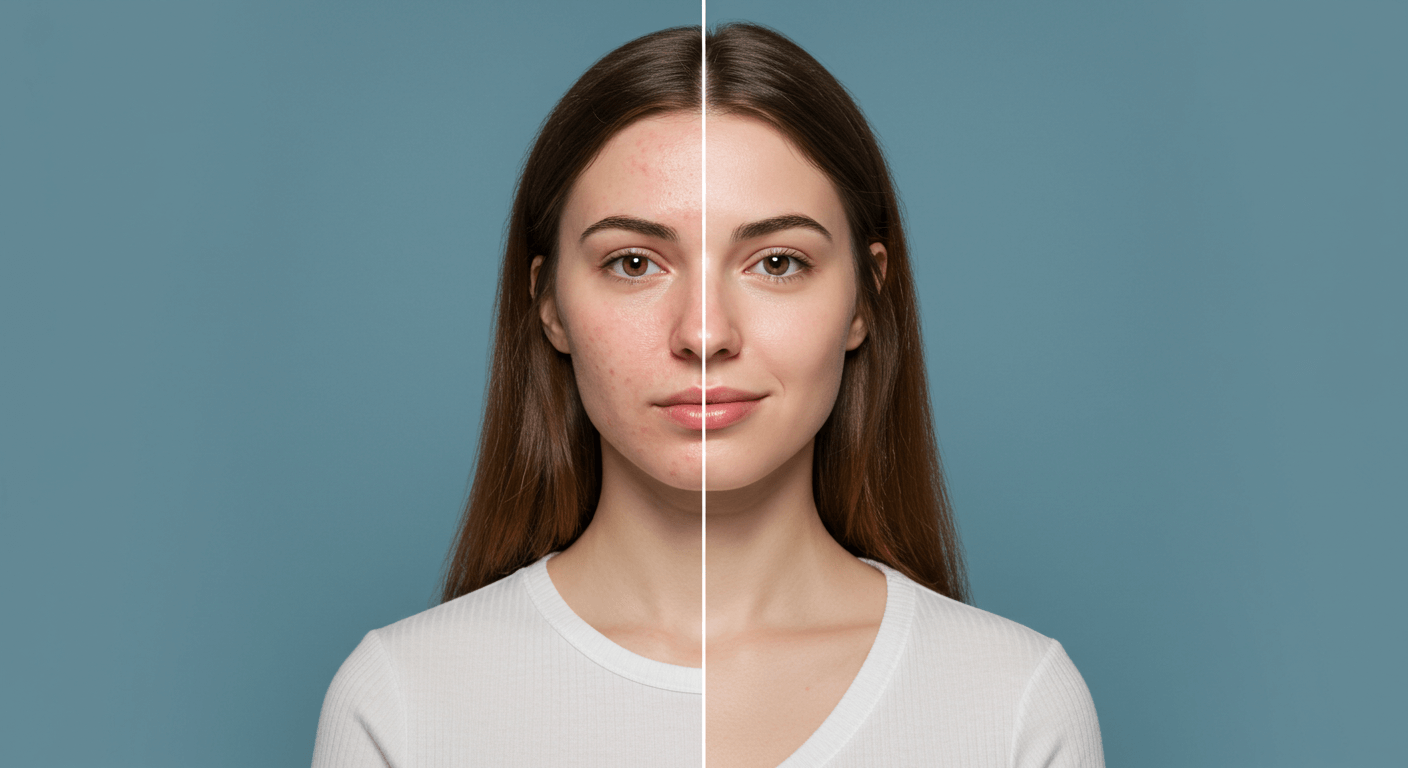

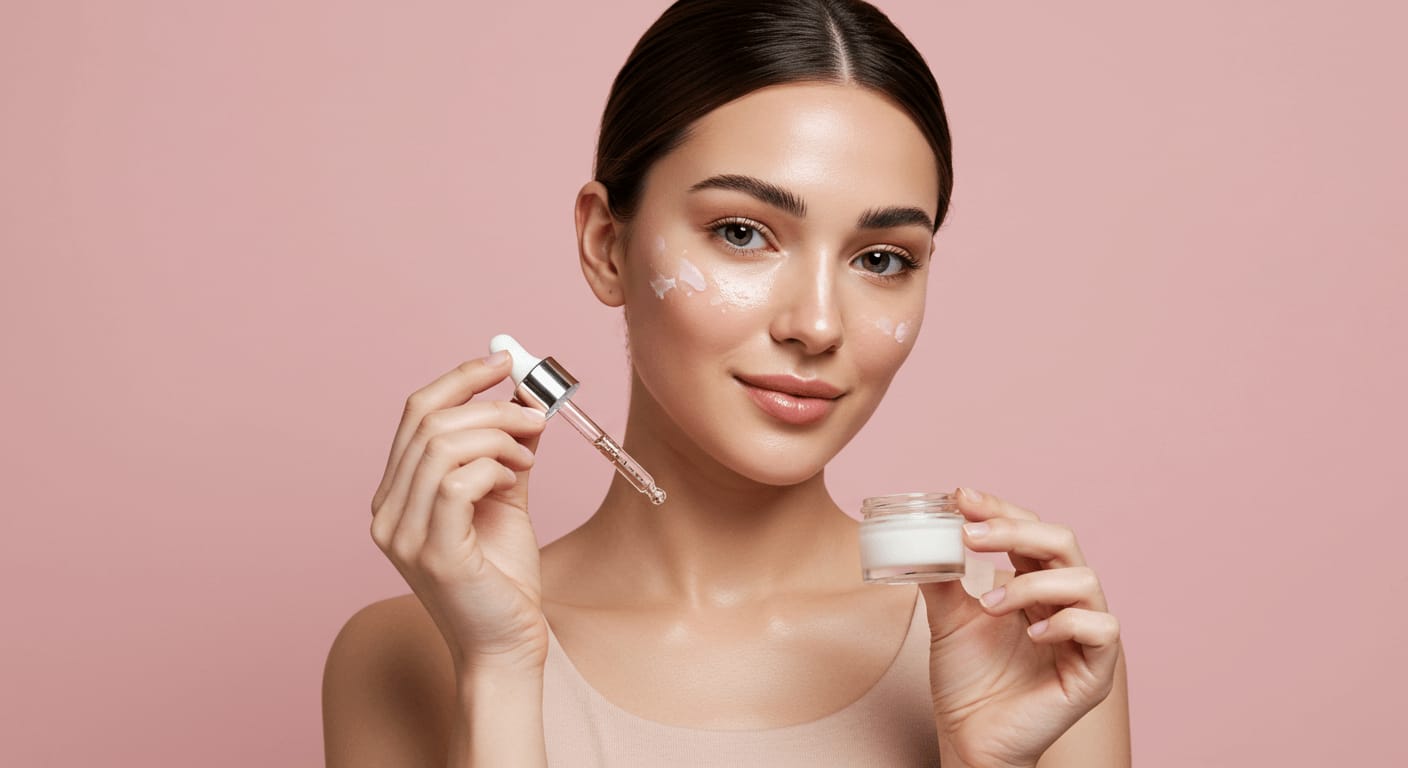

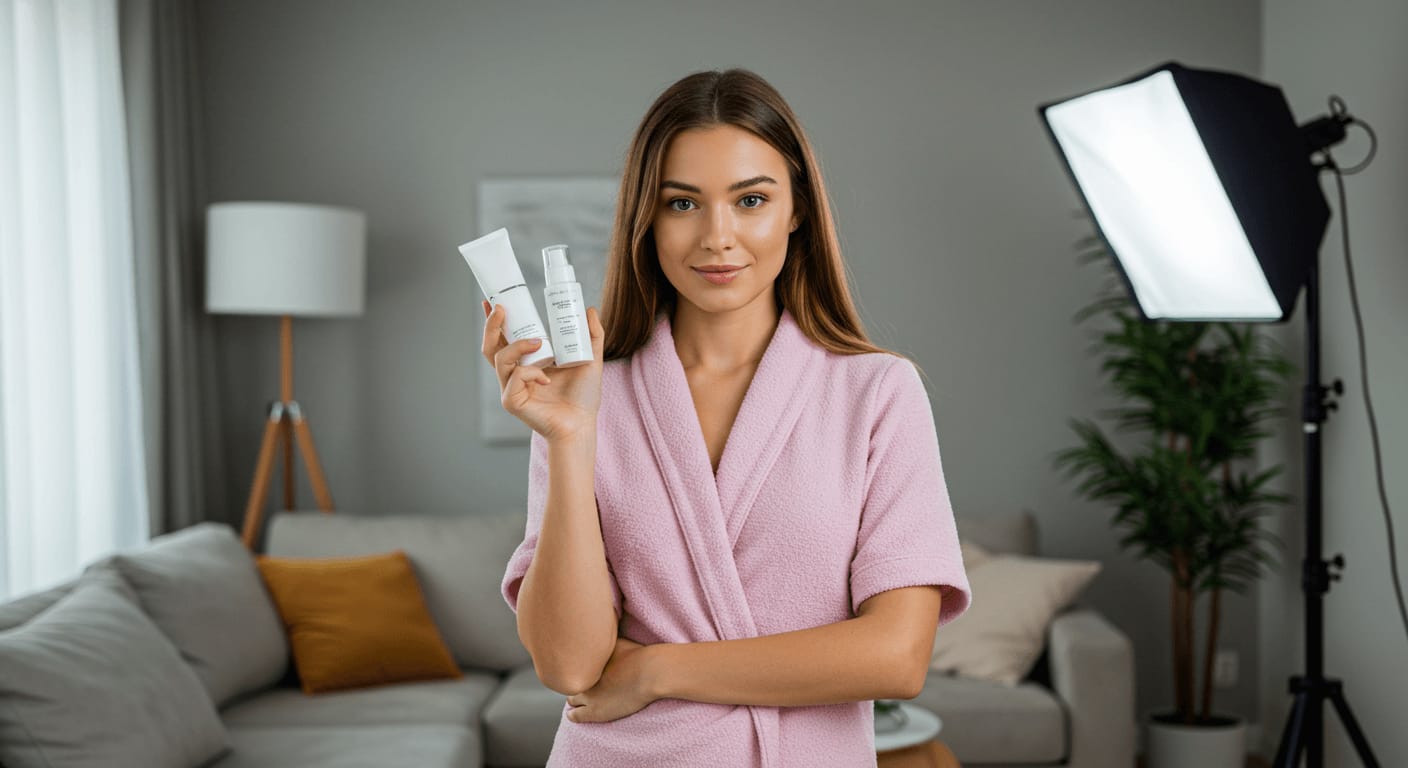







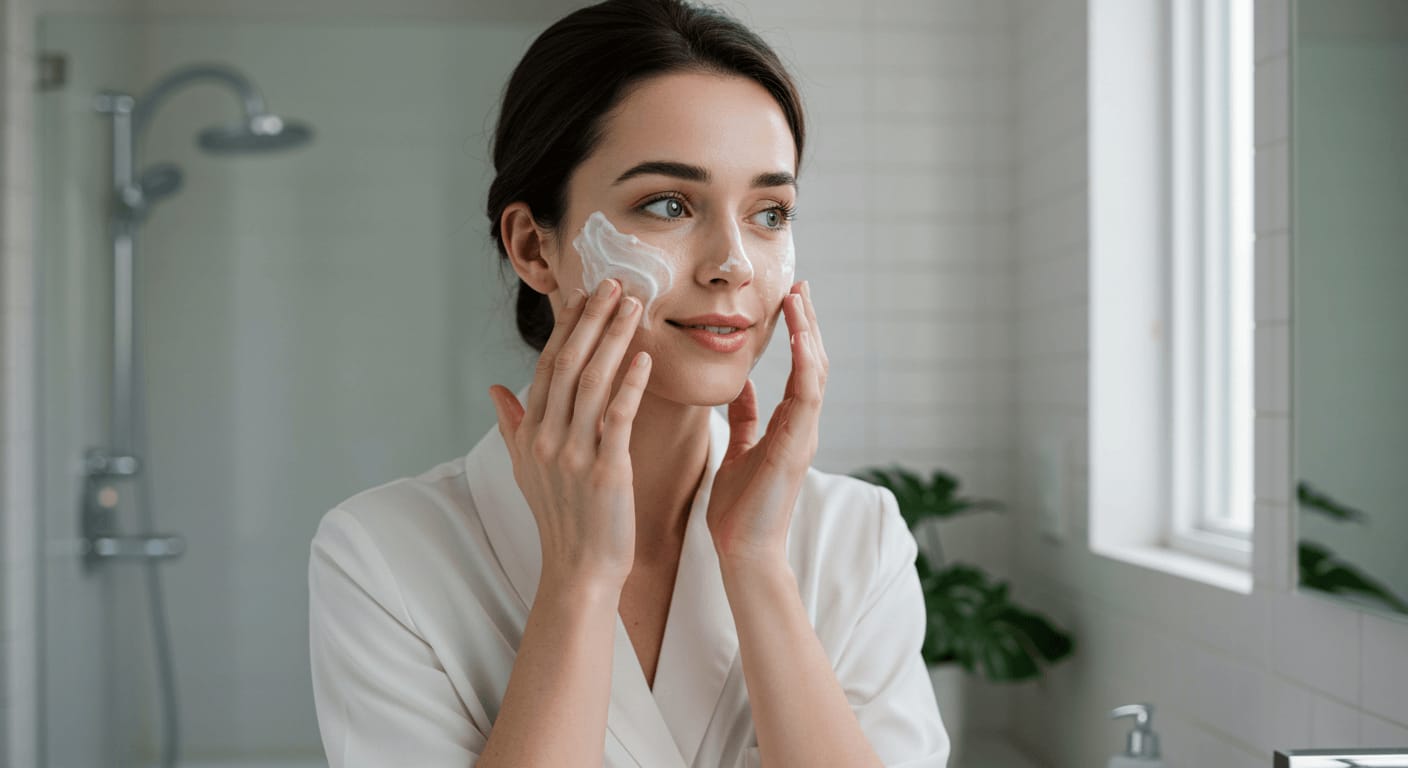








0 Comments
Trackbacks/Pingbacks